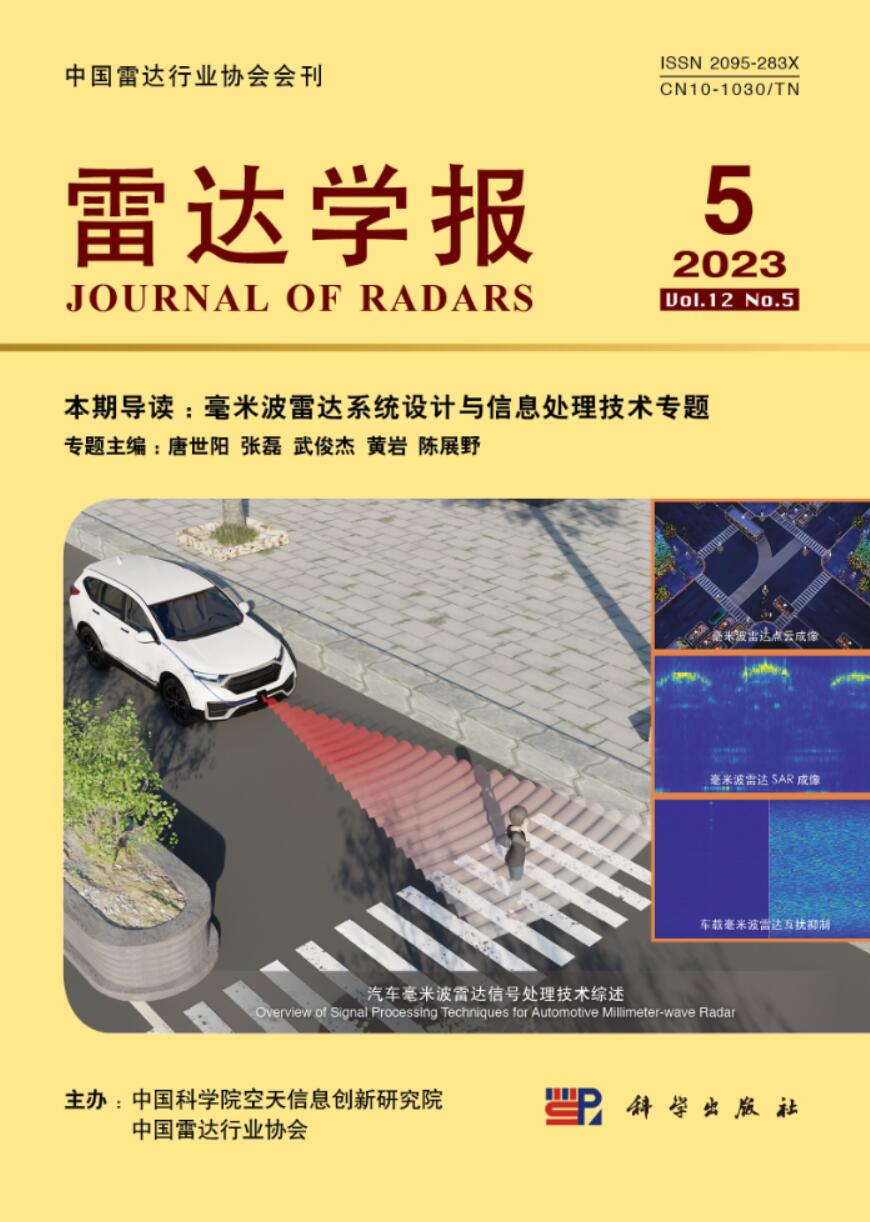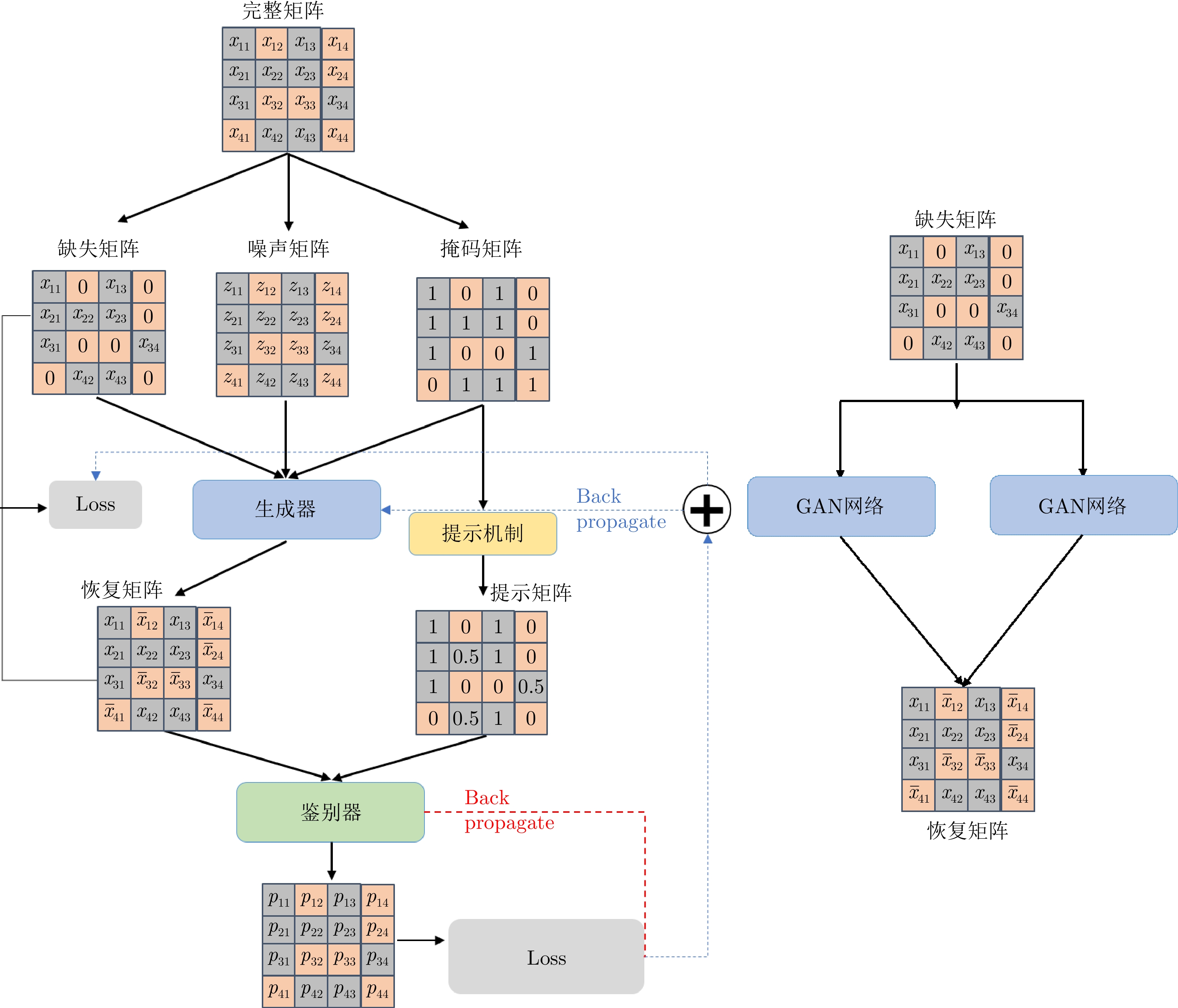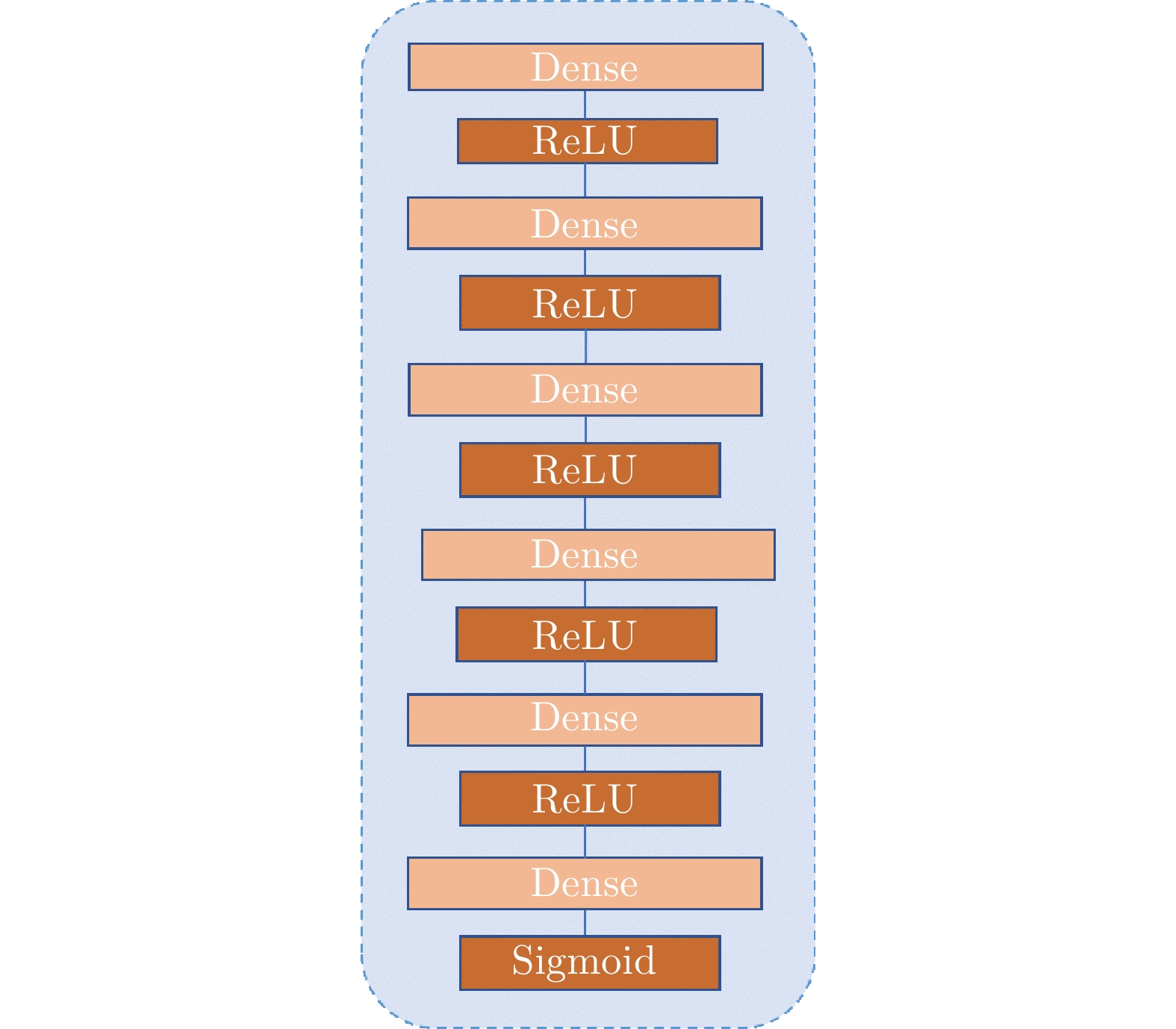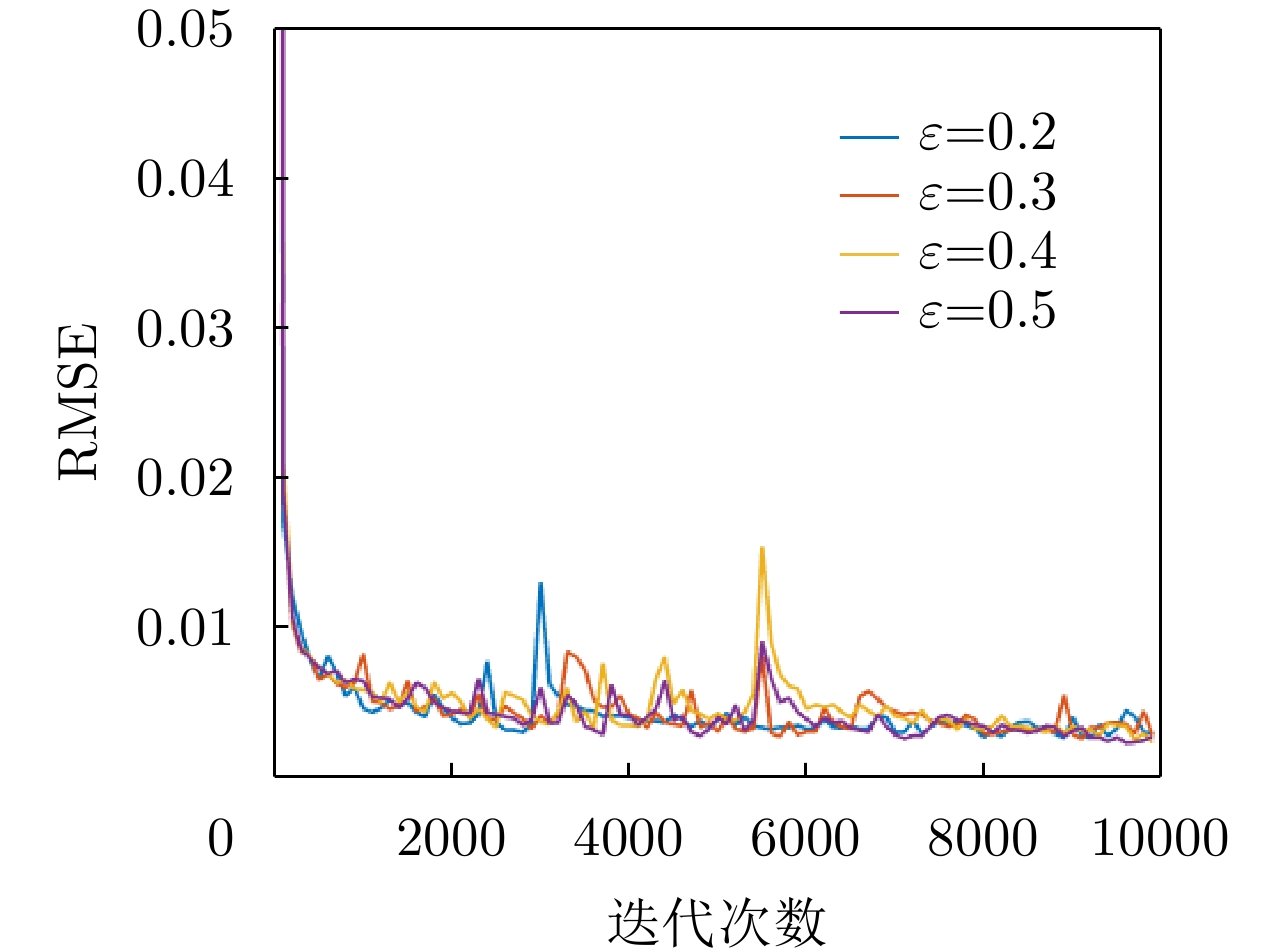| [1] |
WANG Wenqin. Overview of frequency diverse array in radar and navigation applications[J]. IET Radar, Sonar & Navigation, 2016, 10(6): 1001–1012. doi: 10.1049/iet-rsn.2015.0464 |
| [2] |
ANTONIK P, WICKS M C, GRIFFITHS H D, et al. Frequency diverse array radars[C]. The 2006 IEEE Conference on Radar, Verona, USA, 2006: 215–217.
|
| [3] |
WICKS M C and ANTONIK P. Frequency diverse array with independent modulation of frequency, amplitude, and phase[P]. US, 7319427, 2008.
|
| [4] |
WANG Wenqin and SHAO Huaizong. Range-angle localization of targets by a double-pulse frequency diverse array radar[J]. IEEE Journal of Selected Topics in Signal Processing, 2014, 8(1): 106–114. doi: 10.1109/JSTSP.2013.2285528 |
| [5] |
BASIT A, KHAN W, KHAN S, et al. Development of frequency diverse array radar technology: A review[J]. IET Radar, Sonar & Navigation, 2018, 12(2): 165–175. doi: 10.1049/iet-rsn.2017.0207 |
| [6] |
SECMEN M, DEMIR S, HIZAL A, et al. Frequency diverse array antenna with periodic time modulated pattern in range and angle[C]. The 2007 IEEE Radar Conference, Waltham, USA, 2007: 427–430.
|
| [7] |
SAMMARTINO P F, BAKER C J, and GRIFFITHS H D. Frequency diverse MIMO techniques for Radar[J]. IEEE Transactions on Aerospace and Electronic Systems, 2013, 49(1): 201–222. doi: 10.1109/TAES.2013.6404099 |
| [8] |
XU Jingwei, LIAO Guisheng, ZHU Shengqi, et al. Joint range and angle estimation using MIMO radar with frequency diverse array[J]. IEEE Transactions on Signal Processing, 2015, 63(13): 3396–3410. doi: 10.1109/TSP.2015.2422680 |
| [9] |
LAN Lan, ROSAMILIA M, AUBRY A, et al. Single-snapshot angle and incremental range estimation for FDA-MIMO radar[J]. IEEE Transactions on Aerospace and Electronic Systems, 2021, 57(6): 3705–3718. doi: 10.1109/TAES.2021.3083591 |
| [10] |
LAN Lan, LIAO Guisheng, XU Jingwei, et al. Transceive beamforming with accurate nulling in FDA-MIMO radar for imaging[J]. IEEE Transactions on Geoscience and Remote Sensing, 2020, 58(6): 4145–4159. doi: 10.1109/TGRS.2019.2961324 |
| [11] |
XU Jingwei, LIAO Guisheng, ZHU Shengqi, et al. Deceptive jamming suppression with frequency diverse MIMO radar[J]. Signal Processing, 2015, 113: 9–17. doi: 10.1016/j.sigpro.2015.01.014 |
| [12] |
LAN Lan, LIAO Guisheng, XU Jingwei, et al. Range-angle-dependent beamforming for FDA-MIMO radar using oblique projection[J]. Science China Information Sciences, 2022, 65(5): 152305. doi: 10.1007/s11432-020-3250-7 |
| [13] |
WEN Cai, PENG Jinye, ZHOU Yan, et al. Enhanced three-dimensional joint domain localized STAP for airborne FDA-MIMO radar under dense false-target jamming scenario[J]. IEEE Sensors Journal, 2018, 18(10): 4154–4166. doi: 10.1109/JSEN.2018.2820905 |
| [14] |
BASIT A, WANG Wenqin, NUSENU S Y, et al. Cognitive FDA-MIMO with channel uncertainty information for target tracking[J]. IEEE Transactions on Cognitive Communications and Networking, 2019, 5(4): 963–975. doi: 10.1109/TCCN.2019.2928799 |
| [15] |
HUANG Bang, WANG Wenqin, BASIT A, et al. Bayesian detection in Gaussian clutter for FDA-MIMO Radar[J]. IEEE Transactions on Vehicular Technology, 2022, 71(3): 2655–2667. doi: 10.1109/TVT.2021.3139894 |
| [16] |
LAN Lan, MARINO A, AUBRY A, et al. GLRT-based adaptive target detection in FDA-MIMO radar[J]. IEEE Transactions on Aerospace and Electronic Systems, 2021, 57(1): 597–613. doi: 10.1109/TAES.2020.3028485 |
| [17] |
WANG Keyi, LIAO Guisheng, XU Jingwei, et al. Clutter rank analysis in airborne FDA-MIMO radar with range ambiguity[J]. IEEE Transactions on Aerospace and Electronic Systems, 2022, 58(2): 1416–1430. doi: 10.1109/TAES.2021.3122822 |
| [18] |
WEN Cai, HUANG Yan, PENG Jinye, et al. Slow-time FDA-MIMO technique with application to STAP radar[J]. IEEE Transactions on Aerospace and Electronic Systems, 2022, 58(1): 74–95. doi: 10.1109/TAES.2021.3098100 |
| [19] |
WEN Cai, TAO Mingliang, PENG Jinye, et al. Clutter suppression for airborne FDA-MIMO radar using multi-waveform adaptive processing and auxiliary channel STAP[J]. Signal Processing, 2019, 154: 280–293. doi: 10.1016/j.sigpro.2018.09.016 |
| [20] |
WEN Cai, MA Changzheng, PENG Jinye, et al. Bistatic FDA-MIMO radar space-time adaptive processing[J]. Signal Processing, 2019, 163: 201–212. doi: 10.1016/j.sigpro.2019.05.025 |
| [21] |
DING Zihang, XIE Junwei, WANG Bo, et al. Robust adaptive null broadening method based on FDA-MIMO radar[J]. IEEE Access, 2020, 8: 177976–177983. doi: 10.1109/ACCESS.2020.3025602 |
| [22] |
WANG Yuzhuo and ZHU Shengqi. Main-beam range deceptive jamming suppression with simulated annealing FDA-MIMO radar[J]. IEEE Sensors Journal, 2020, 20(16): 9056–9070. doi: 10.1109/JSEN.2020.2982194 |
| [23] |
JAMSHIDIAN M and BENTLER P M. ML estimation of mean and covariance structures with missing data using complete data routines[J]. Journal of Educational and Behavioral Statistics, 1999, 24(1): 21–24. doi: 10.3102/10769986024001021 |
| [24] |
WU C F J. On the convergence properties of the EM algorithm[J]. The Annals of Statistics, 1983, 11(1): 95–103. doi: 10.1214/aos/1176346060 |
| [25] |
AUBRY A, DE MAIO A, MARANO S, et al. Structured covariance matrix estimation with missing-(complex) data for radar applications via expectation-maximization[J]. IEEE Transactions on Signal Processing, 2021, 69: 5920–5934. doi: 10.1109/TSP.2021.3111587 |
| [26] |
LOUNICI K. High-dimensional covariance matrix estimation with missing observations[J]. Bernoulli, 2014, 20(3): 1029–1058. doi: 10.3150/12-BEJ487 |
| [27] |
HIPPERT-FERRER A, EL KORSO M N, BRELOY Y A, et al. Robust low-rank covariance matrix estimation with a general pattern of missing values[J]. Signal Processing, 2022, 195: 108460. doi: 10.1016/j.sigpro.2022.108460 |
| [28] |
XU Danlei, DU Lan, LIU Hongwei, et al. Compressive sensing of stepped-frequency radar based on transfer learning[J]. IEEE Transactions on Signal Processing, 2015, 63(12): 3076–3087. doi: 10.1109/TSP.2015.2421473 |
| [29] |
JI Yuanjie, WEN Cai, HUANG Yan, et al. Robust direction-of-arrival estimation approach using beamspace-based deep neural networks with array imperfections and element failure[J]. IET Radar, Sonar & Navigation, 2022, 16(11): 1761–1778. doi: 10.1049/rsn2.12295 |
| [30] |
ZOOGHBY A H E, CHRISTODOULOU C G, and GEORGIOPOULOS M. Neural network-based adaptive beamforming for one- and two-dimensional antenna arrays[J]. IEEE Transactions on Antennas and Propagation, 1998, 46(12): 1891–1893. doi: 10.1109/8.743843 |
| [31] |
SALLAM T, ABDEL-RAHMAN A B, ALGHONIEMY M, et al. A neural-network-based beamformer for phased array weather radar[J]. IEEE Transactions on Geoscience and Remote Sensing, 2016, 54(9): 5095–5104. doi: 10.1109/TGRS.2016.2554116 |
| [32] |
ZHAO Zhonghui, ZHAO Huiling, WANG Zhaoping, et al. Radial basis function neural network optimal modeling for phase-only array pattern nulling[J]. IEEE Transactions on Antennas and Propagation, 2021, 69(11): 7971–7975. doi: 10.1109/TAP.2021.3083787 |
| [33] |
SALLAM T and ATTIYA A M. Convolutional neural network for 2D adaptive beamforming of phased array antennas with robustness to array imperfections[J]. International Journal of Microwave and Wireless Technologies, 2021, 13(10): 1096–1102. doi: 10.1017/S1759078721001070 |
| [34] |
TAN Ming, WANG Chunyang, and LI Zhihui. Correction analysis of frequency diverse array radar about time[J]. IEEE Transactions on Antennas and Propagation, 2021, 69(2): 834–847. doi: 10.1109/TAP.2020.3016508 |
| [35] |
CAPON J. High-resolution frequency-wavenumber spectrum analysis[J]. Proceedings of the IEEE, 1969, 57(8): 1408–1418. doi: 10.1109/PROC.1969.7278 |
| [36] |
YOON J, JORDON J, and VAN DER SCHAAR M. GAIN: Missing data imputation using generative adversarial nets[C]. The 35th International Conference on Machine Learning, Stockholm, Sweden, 2018: 5675–5684.
|
| [37] |
STEKHOVEN D J and BÜHLMANN P. MissForest-non-parametric missing value imputation for mixed-type data[J]. Bioinformatics, 2012, 28(1): 112–118. doi: 10.1093/bioinformatics/btr597 |




 Submit Manuscript
Submit Manuscript Peer Review
Peer Review Editor Work
Editor Work





 DownLoad:
DownLoad:








